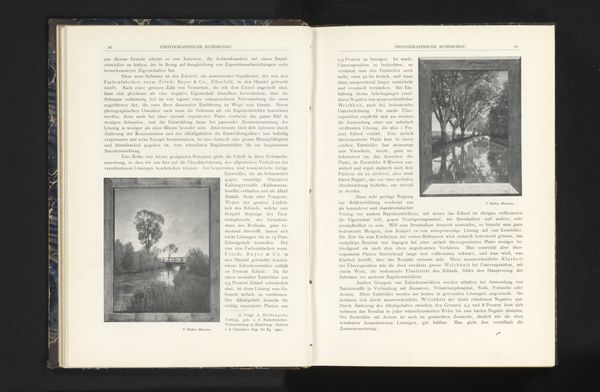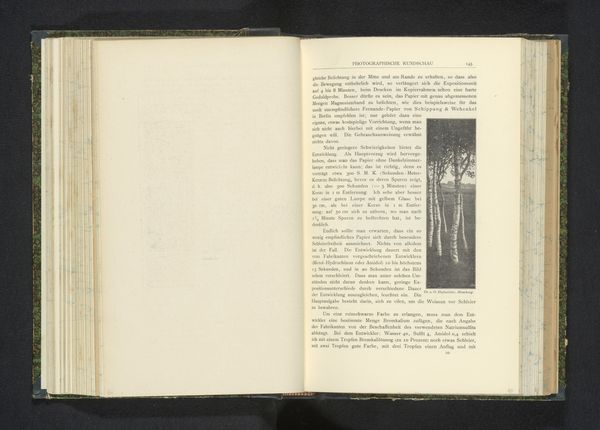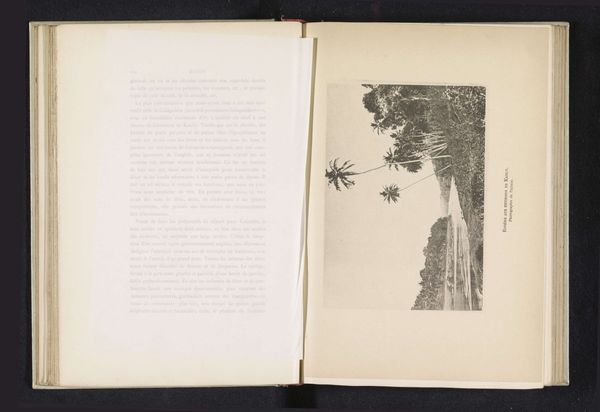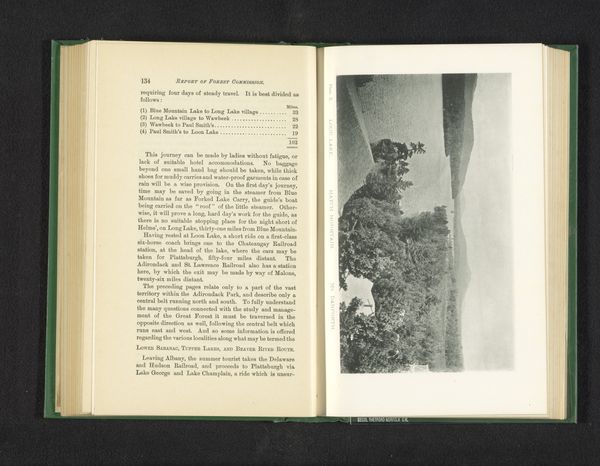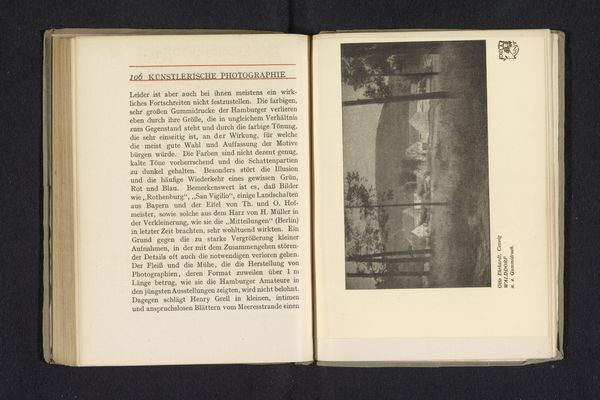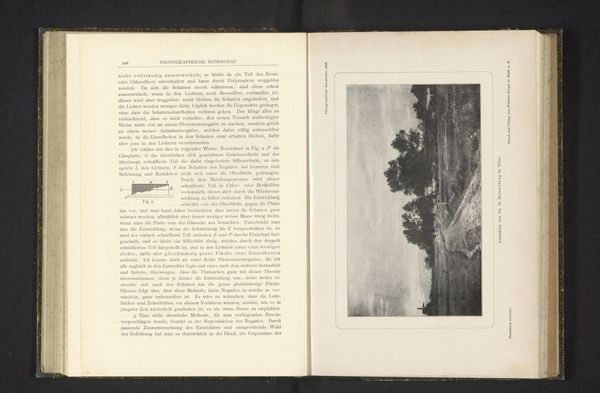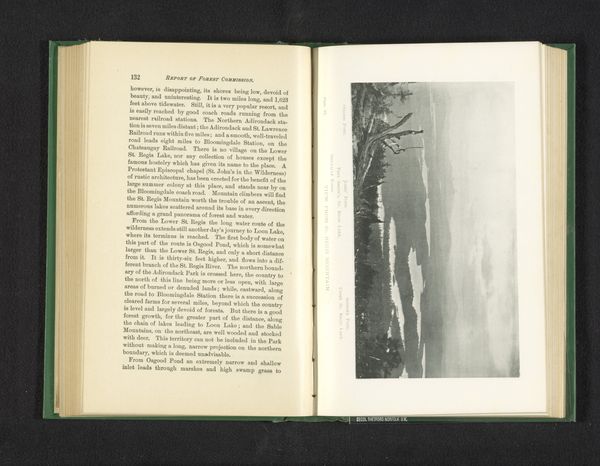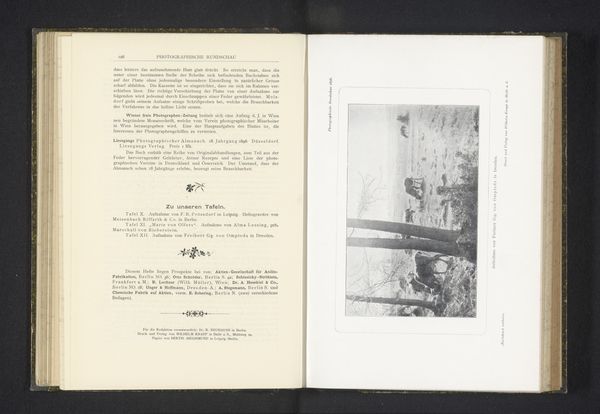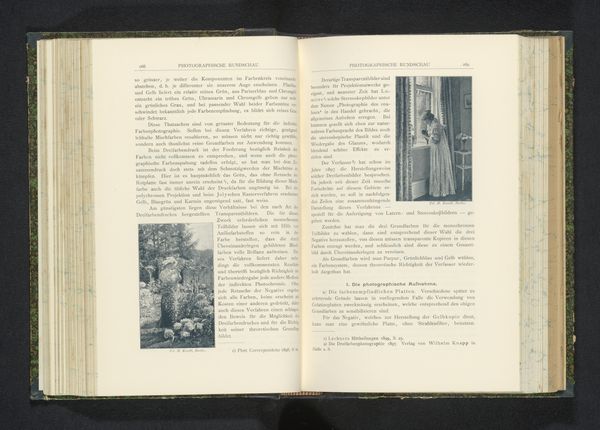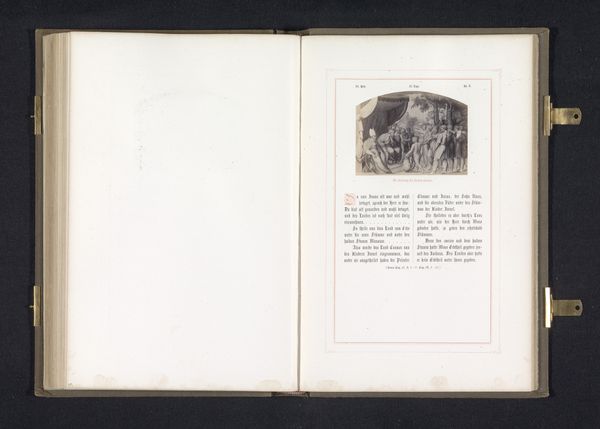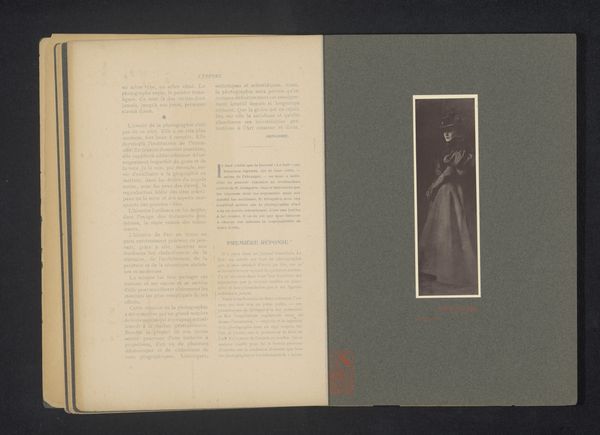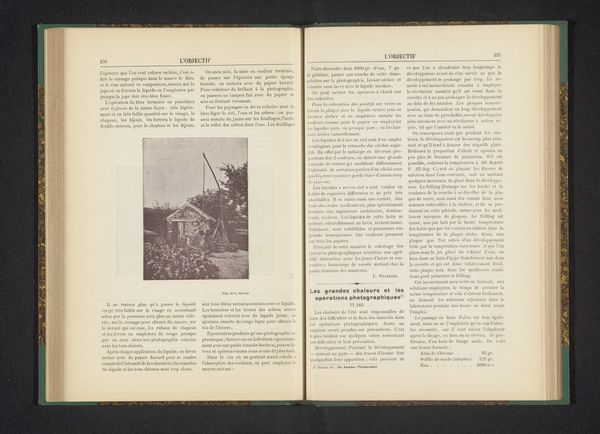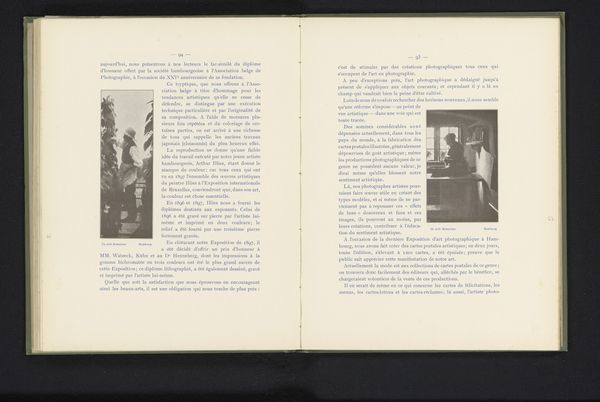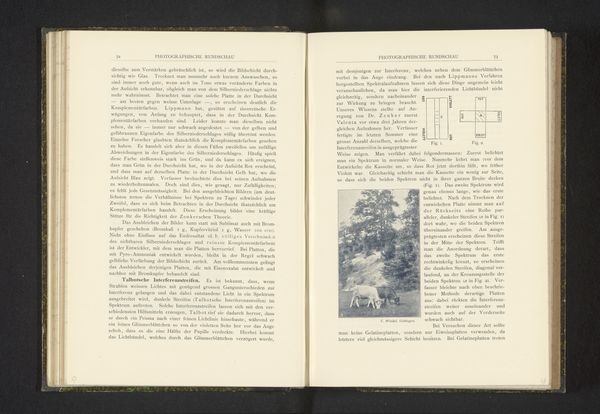
graphic-art, print, photography
#
graphic-art
# print
#
photography
Dimensions: height 112 mm, width 24 mm
Copyright: Rijks Museum: Open Domain
Curator: Editor: This plate showcases Th. u. O. Hofmeister's 'Plant met Bloem,' dating back to before 1898. It's a striking blend of graphic art, photography, and print. What captures me is how stark and graphic the floral images appear in the page layout... How should we read this image? Curator: This image raises intriguing questions about representation, power, and knowledge production. The very act of capturing and presenting these plants within a photographic or graphic format implicates the photographer in a complex web of historical, social, and perhaps even colonial dynamics. We must remember, these plants aren't just objects; they have stories and complex identities tied to specific environments and communities. Editor: I see, it's not just about the aesthetic qualities but also about the power dynamics inherent in selecting, classifying, and presenting these images. Does this tie into broader debates around scientific illustration and botanical imperialism of the time? Curator: Precisely. These visual representations were integral to shaping Western perceptions of the natural world and furthering colonial agendas. Consider, for instance, the ways in which these images might have been used to classify and exploit plant species for economic gain or to reinforce racialized notions of nature. In essence, 'Plant met Bloem' prompts us to unpack the complex interplay between art, science, and power. What impact do you think this critical reading might have? Editor: This approach encourages a much more reflective understanding of the role of images in influencing our understanding of plants and their place in historical contexts. Thanks for illuminating the political narratives. Curator: And thank you for drawing those narratives to light, opening my eyes.
Comments
No comments
Be the first to comment and join the conversation on the ultimate creative platform.
